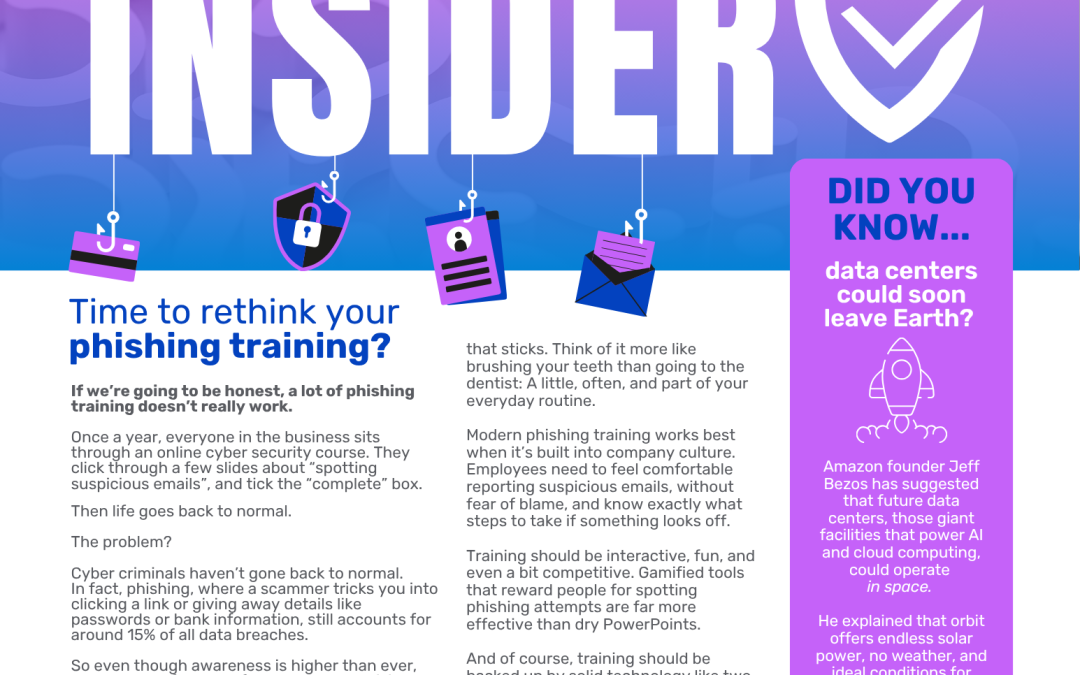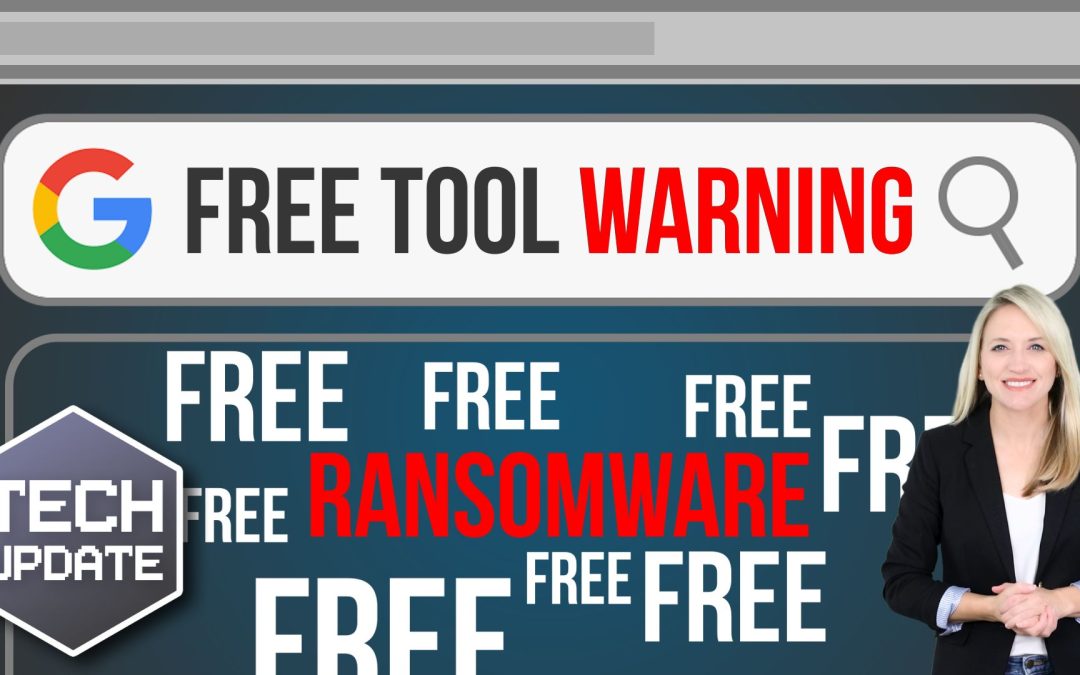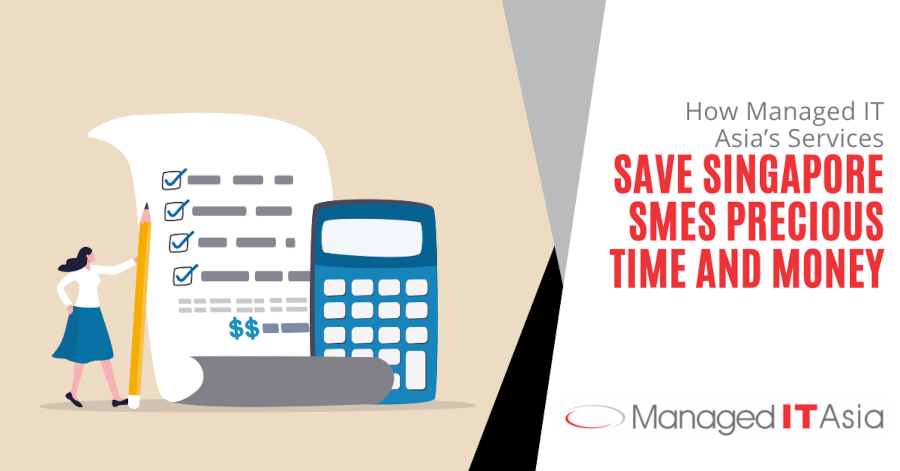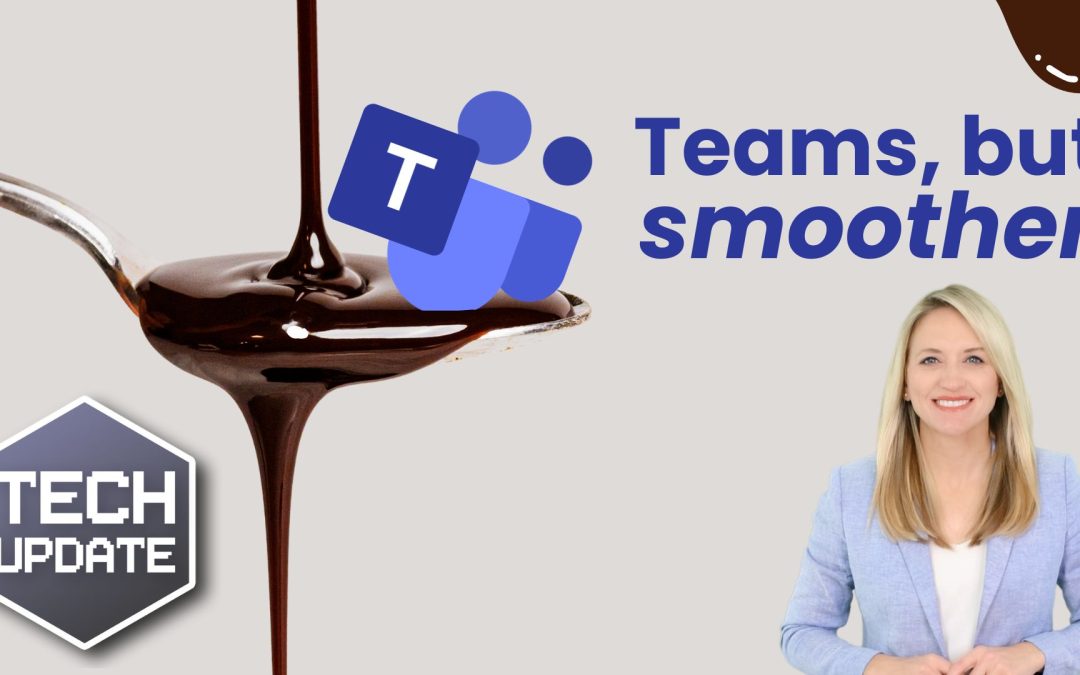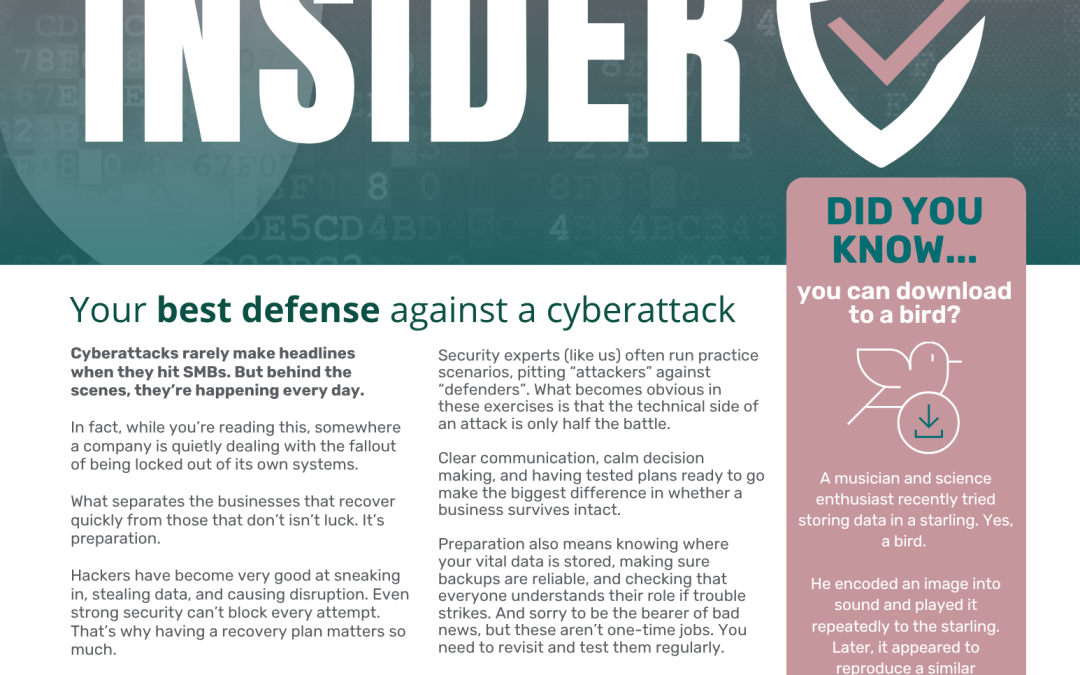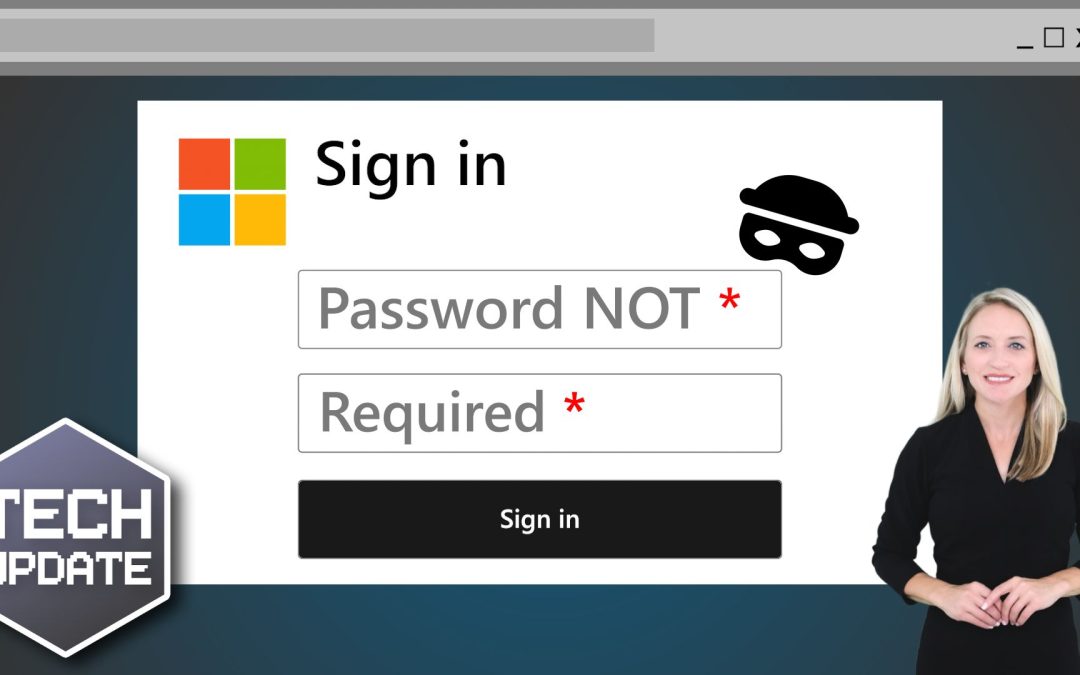
Microsoft: Criminals can access your accounts without your password
Just when you think you’ve got cybersecurity sorted for your business, a new scam comes along. This time, cybercriminals don’t even need to trick you out of your password to access your accounts… they can fool you with something called a “device code”.

